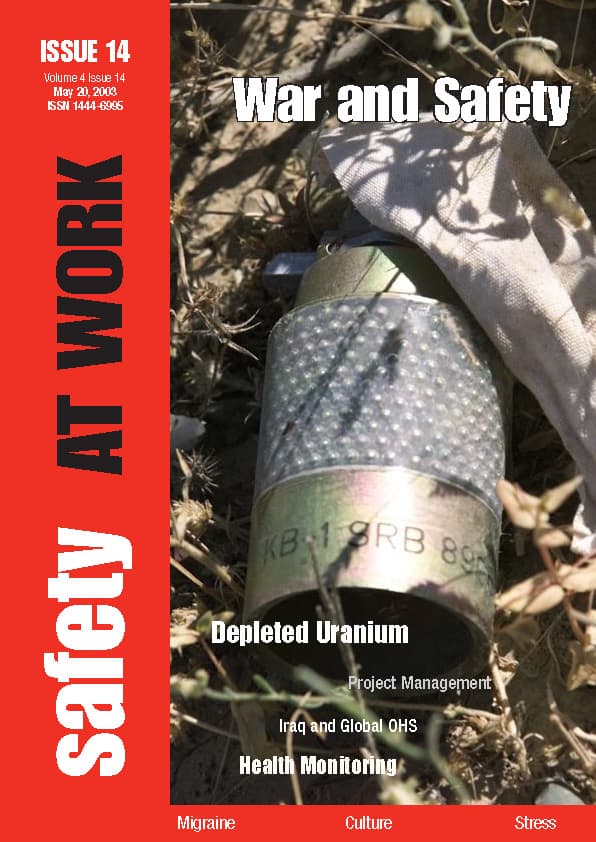The Australian Council of Trade Unions’ submission to the national review of model OHS law was entitled “The Highest Standards For Harmonised OHS Law”. This is intriguing as the union movement is not happy with the concession that the final report of the review panel made concerning the right of a union to instigate and manage OHS prosecutions.

Geoff Fary, Assistant Secretary of the ACTU, told SafetyAtWorkBlog on 17 February 2009 said that the ACTU is still assessing the recommendations of the final review panel report and will probably release a more detailed response in early March 2009 but that the OHS harmonization process “should not result in a reduction in protection of workers’ entitlements or the rights of any group of workers.”
The ACTU has concerns
“if the result of this process is that the people who have benefited from that [right] no longer have it available. It therefore follows that one of the key things we are concerned about in the recommendation of the second report is that if it was adopted it would no longer be open for unions to initiate prosecutions when regulators fail to do so.”
Fary said that prosecutorial action by unions in New South Wales have always been successful and have lead to legislative change.
“Undoubtedly, in our view, the ability for unions to prosecute has been in the best interests of health and safety outcomes for workers.”
To some extent workers and the media are getting confused by the parallel reform processes of industrial relations and workplace safety. There is the potential for one stream to retard the process of the other. Geoff Fary said that this is unlikely as he thinks that the IR reforms could be “up and running before all of the OHS changes”.
Fary expressed the ACTU’s support for the declarations and actions of the International Labour Organisation but it is noted that media reports on 18 February illustrate that not all the union movement supports the ACTU President, Sharan Burrows’ perspective that Australia’s new industrial relations legislation meets international obligations “on balance”.
Edited audio of the interview with Geoff Fary can be accessed HERE
Previous SafetyAtWorkBlog postings concern Geoff are available



